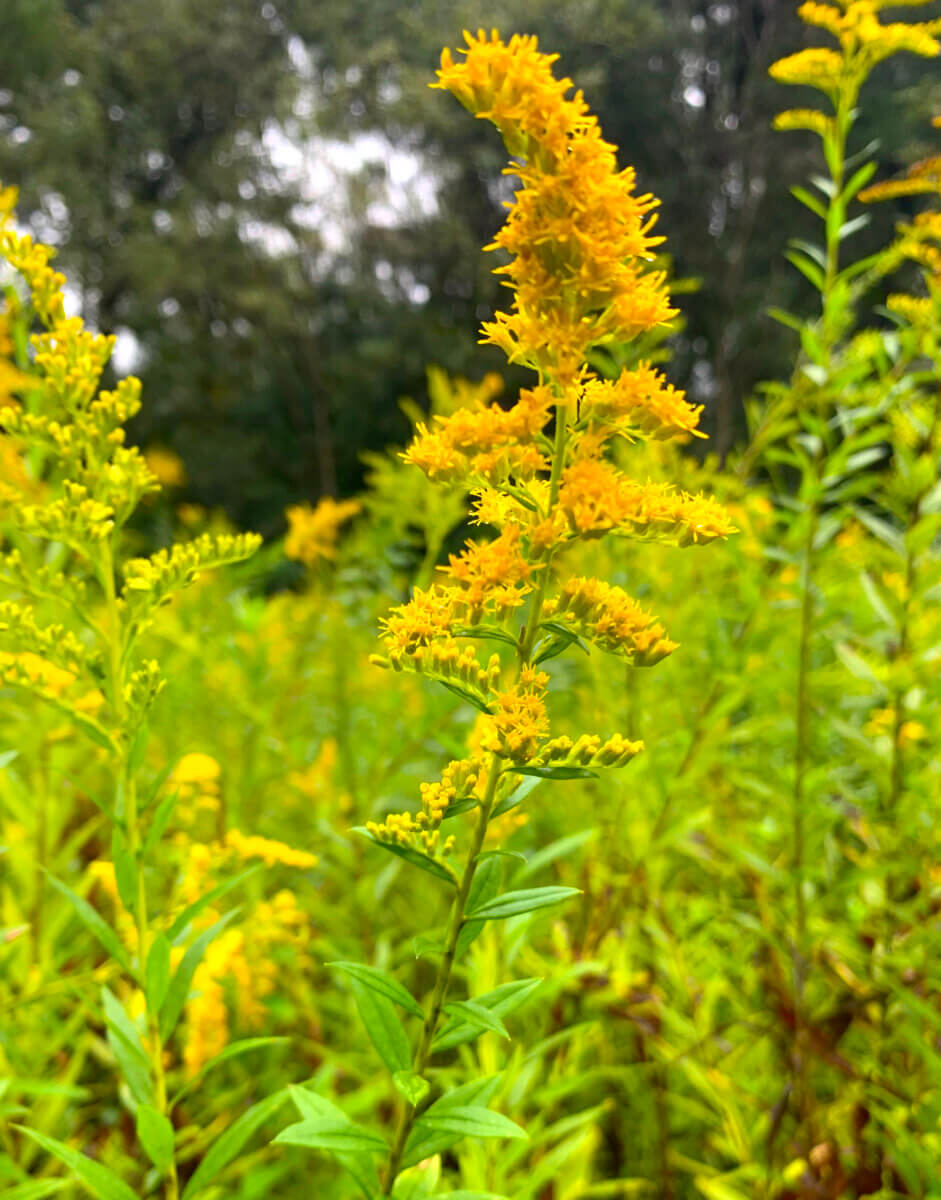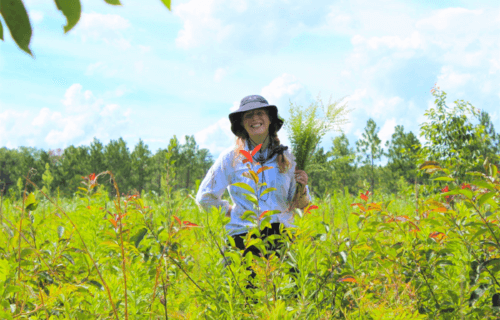ATLANTA — Two extracts from common wild plants can fight against the virus that causes COVID-19 infection, according to researchers from Emory University conducting the first major screening of botanical extracts during the pandemic. In lab tests, extracts from the flowers of tall goldenrod (Solidago altissima) and the rhizomes of the eagle fern (Pteridium aquilinum) both block SARS-CoV-2 from infecting human cells.
The active compounds that make this happen are only present in extremely small amounts, making it inefficient and possibly even dangerous for people to use them as a treatment. The team even warns that the eagle fern is known to be toxic.
“It’s very early in the process, but we’re working to identify, isolate and scale up the molecules from the extracts that showed activity against the virus,” says senior author Cassandra Quave, an associate professor in Emory School of Medicine’s Department of Dermatology and the Center for the Study of Human Health, in a media release. “Once we have isolated the active ingredients, we plan to further test for their safety and for their long-range potential as medicines against COVID-19.”
Previously, Quave’s lab team has conducted research to identify possible molecules to treat drug-resistant bacterial infection, narrowing their focus on plants that traditionally treat skin inflammation.

Since COVID-19 is new, the researchers expanded their horizons a bit. They developed a method to quickly test over 1,800 extracts and 18 compounds from plants in Quave’s own lab library, called the Quave Natural Product Library. This collection contains thousands of botanical and fungal natural products extracted from plants spanning the world.
“We’ve shown that our natural products library is a powerful tool to help search for potential therapeutics for an emerging disease,” says first author Caitlin Risener, a PhD candidate in Emory’s Molecular and Systems Pharmacology graduate program and the Center for the Study of Human Health. “Other researchers can adapt our screening method to search for other novel compounds within plants and fungi that may lead to new drugs to treat a range of pathogens.”
To target COVID-19, the team developed experiments with virus-like particles (VLPs) of SARS-Cov-2 as well as cells designed to overexpress ACE2 on their cell surface. SARS-Cov-2, the RNA virus causing COVID-19, has a spike protein capable of binding to the ACE2 protein on cells, allowing the virus to get into healthy cells and infect them. To carry out the experiments, the team stripped VLPs of genetic information necessary to cause infection.
If the VLP was able to bind to the protein and get inside a cell, it was designed to take over the cell’s machinery and activate a fluorescent green protein. Prior to adding viral particles to cells in a petri dish, they first added a plant extract. By shining a fluorescent light on the dish, the team could quickly identify whether the viral particles were able to get in and activate the protein.
The researchers successfully identified a handful of extracts that protected against viral entry but noticed that tall goldenrod and eagle fern had the strongest responses. Both plant species are native to North America and are a part of traditional medicine among Native Americans.
“Our results set the stage for the future use of natural product libraries to find new tools or therapies against infectious diseases,” Quave says.
The team looks forward to identifying the exact mechanism responsible for blocking the binding activity.
The findings are published in the journal Scientific Reports.

